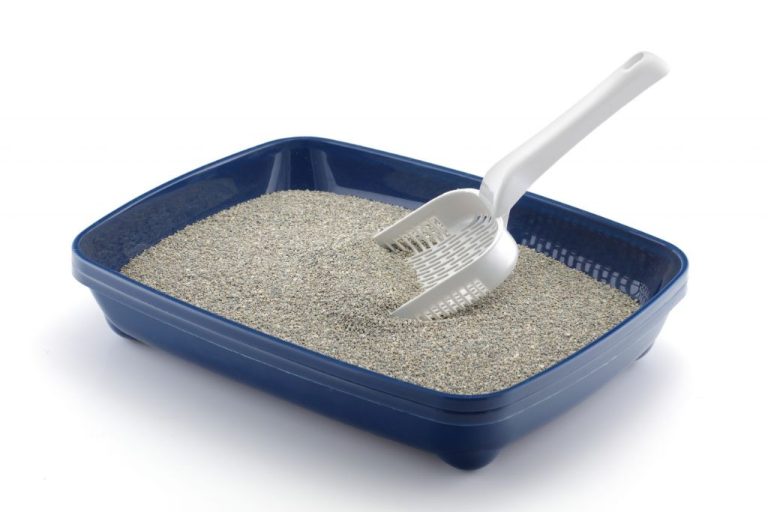Which Is Better 1045 Or 1095 Carbon Steel?
Carbon steel is steel that contains between 0.5% to 1.5% carbon content by weight. Carbon is the main alloying element in plain carbon steel. Higher carbon content increases hardness and strength, but reduces ductility and weldability.
1045 and 1095 steels are medium carbon steels with 0.45% and 0.95% carbon content respectively. Both steels offer a balance of hardness, strength, ductility and shock resistance. This makes them popular for applications like blades, springs, gears and wear parts.
Carbon Content
The key difference between 1045 and 1095 carbon steel is the amount of carbon content. As the steel grade numbers indicate, 1045 steel contains approximately 0.45% carbon, while 1095 steel contains approximately 0.95% carbon.
The higher carbon content of 1095 makes it significantly harder and stronger than 1045 carbon steel. However, the lower carbon content of 1045 provides better ductility and toughness. The level of carbon is one of the most important factors that determines the characteristics and performance of the steel.
To summarize:
- 1045 steel has around 0.45% carbon content
- 1095 steel has around 0.95% carbon content
The higher carbon concentration in 1095 steel results in greater hardness and edge retention compared to 1045. However, 1045’s lower carbon content provides better impact resistance and machinability.
Applications
1045 carbon steel is commonly used for general machining applications. Its combination of strength and machinability make it well-suited for parts like gears, shafts, and machine components. The medium carbon content provides enough hardness for strength while maintaining ductility for complex shaping.
1095 carbon steel is most commonly used for knives and other blades. With around 0.95% carbon content, 1095 achieves high hardness and edge retention after heat treatment. This makes it an ideal steel for knives, swords, machetes and other blades which require strength and sharp cutting ability. The high carbon content also enables 1095 steel to be sharpened to a very fine edge.
Hardness
1045 carbon steel has a lower hardness, typically in the range of HRC 25-30. This makes it easier to machine and weld. 1095 carbon steel can be hardened up to HRC 66 through heat treatment, giving it superior hardness and edge retention compared to 1045. The tradeoff is that 1095 is more difficult to sharpen and machine once hardened.

According to Blade HQ, 1095 steel has a typical hardness range of HRC 58-60, while 1045 falls between HRC 25-30. This significant difference in hardness makes 1095 preferred for knives and tools requiring high hardness for strength, durability and edge retention. However, 1045 offers adequate hardness for more general purpose blades and is easier to work with overall.
Toughness
Toughness refers to a steel’s ability to absorb impact without cracking or shattering. 1045 carbon steel is generally tougher and less brittle than 1095 carbon steel.
1045 has a lower carbon content than 1095, making it less prone to chipping or cracking when put under stress. The added carbon in 1095 steel increases hardness and wear resistance, but also makes the blade more brittle 1. 1045 steel is able to flex more before fracturing, whereas 1095 is more likely to chip if bent or impacted.
For blades that need to withstand high impacts without breaking, like swords or large survival knives, 1045 offers better toughness over the more brittle 1095 steel. However, for uses like small pocket or kitchen knives where fine edges are preferred, 1095 can hold a sharper edge longer despite being less tough.
Weldability
1045 carbon steel is known for its good weldability compared to 1095 carbon steel. The lower carbon content of 1045 makes it easier to weld using most welding methods without the need for special precautions 1. 1045 can be welded in most structural and fabrication applications without risk of cracking.
1095 carbon steel is more challenging to weld properly due to its higher carbon content. Precautions must be taken to prevent cracking during and after welding 1095 steel. Common methods to improve 1095 weldability include preheating before welding, slowing the cooling rate after welding, and using nickel-alloy filler material 2. Proper weld preparation and execution technique are also critical when working with 1095 steel.
Machinability
Machinability refers to how easy or difficult it is to machine and work with a metal. This is an important consideration when choosing between 1045 and 1095 steel.
1045 carbon steel has better machinability than 1095 carbon steel. 1045 steel cuts more easily and smoothly, allowing for faster machining, easier tooling, and lower costs (1). The lower carbon content in 1045 steel makes it softer than 1095, resulting in reduced wear on cutting tools during machining operations. 1045 can be machined at higher speeds and feed rates compared to 1095 steel (2).
In contrast, 1095 carbon steel is more difficult to machine due to its higher hardness. The additional carbon creates carbides in the microstructure that rapidly wear down cutting tools. Machining 1095 requires lower speeds, feed rates, and heavy machining fluids. The difficulties of machining 1095 result in higher production costs (2).
Overall, 1045 carbon steel has superior machinability compared to 1095 carbon steel. When ease and speed of machining are priorities, 1045 is usually the better choice.
Sources:
(1) https://blog.thepipingmart.com/metals/1045-carbon-steel-vs-1095-steel-whats-the-difference/
(2) https://www.makeitfrom.com/compare/SAE-AISI-1045-S45C-G10450-Carbon-Steel/SAE-AISI-1095-SUP4-1.1274-C100S-G10950-Carbon-Steel
Cost
1045 carbon steel is generally less expensive than 1095 carbon steel. According to True Katana, 1045 steel costs 20-30% less than 1095 steel on average.
The reason for the lower cost of 1045 is that it has a lower carbon content than 1095 steel. 1045 contains about 0.45% carbon while 1095 has around 0.95% carbon. The higher carbon content in 1095 requires more processing which increases the price. However, the additional carbon also gives 1095 superior hardness and edge retention properties.
For many general purpose applications where extreme hardness is not required, 1045 offers a more budget-friendly option. But for applications like knives where hardness and edge retention are critical, the extra cost of 1095 can be justified by its enhanced performance.
Availability
1045 carbon steel is widely available and easy to acquire. As a common grade of steel, 1045 is produced by most major steel manufacturers in standard sizes and forms including round bar, flat bar, sheet, and plate. The large production and high availability of 1045 makes it very cost effective.
1095 carbon steel may have more limited availability compared to 1045. As a higher carbon steel, 1095 is produced in smaller quantities primarily for applications that require the benefits of its superior hardness and edge retention. The more niche status of 1095 can restrict its availability in certain forms and sizes. However, most major knife steel suppliers will carry 1095 in inventory.
When choosing between 1045 and 1095 carbon steel, availability is often a key consideration. The widespread presence of 1045 in the market makes it the easier choice logistically. But for applications where 1095’s properties are critical, the search for available supply is justified.
Conclusion
In summary, the two most significant differences between 1045 and 1095 carbon steel are hardness and carbon content. 1095 has a higher carbon content of 0.95% which allows it to become harder through heat treatment, resulting in superior edge retention compared to 1045 steel. However, the additional carbon also makes 1095 more brittle.
1045 steel, with 0.45% carbon content, cannot become as hard as 1095 through heat treatment. However, it is tougher and more durable. 1045 is easier to sharpen and more forgiving when sharpening compared to 1095.
For applications that require a very hard, sharp edge that retains sharpness well, such as knives and swords, 1095 carbon steel is likely the better choice despite being more difficult to sharpen. For applications where durability and ease of sharpening are more important, such as axes and tools, 1045 carbon steel is recommended. Consider the intended use and priorities like edge retention vs. toughness when choosing between 1045 and 1095 carbon steel.



